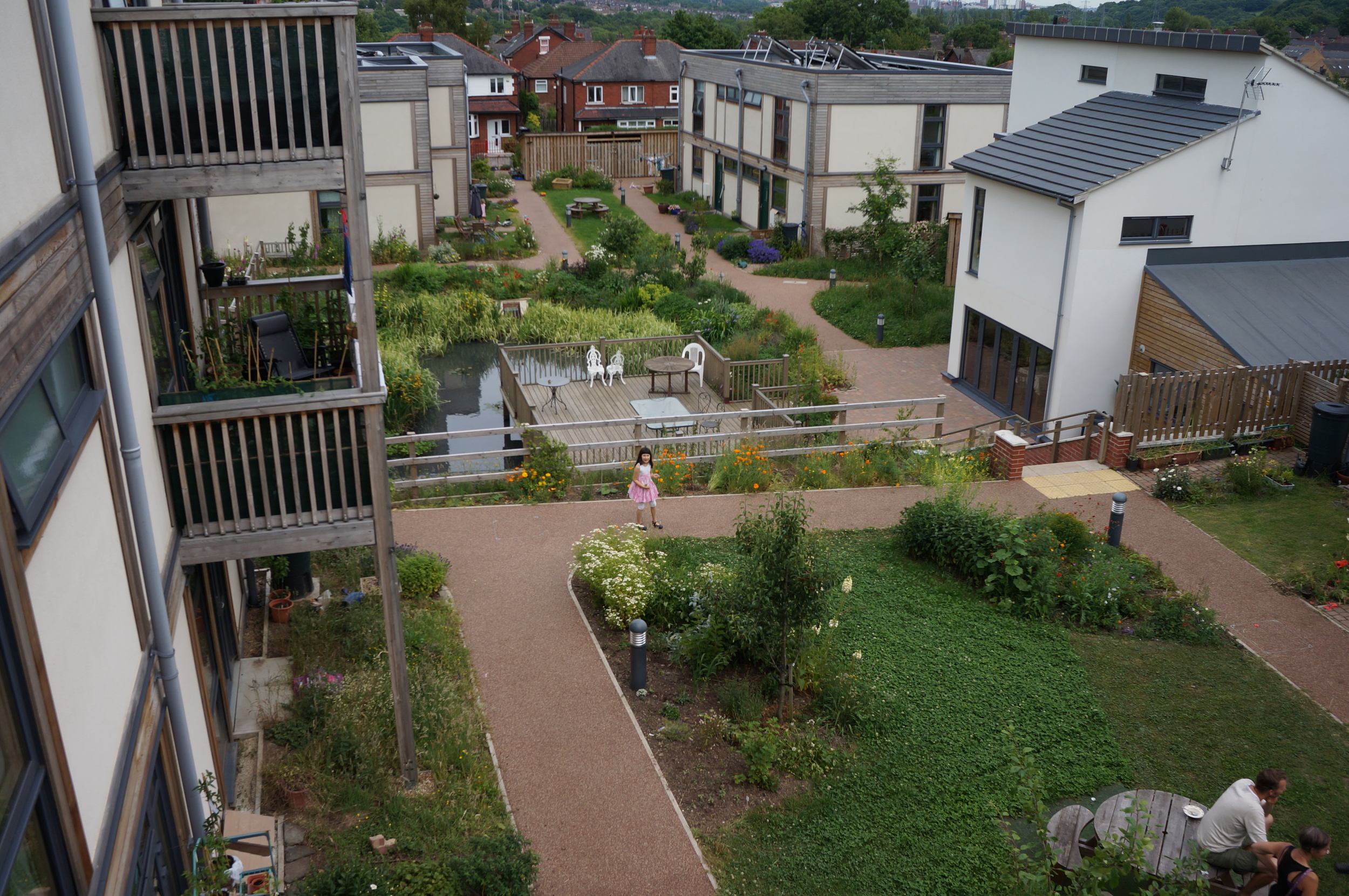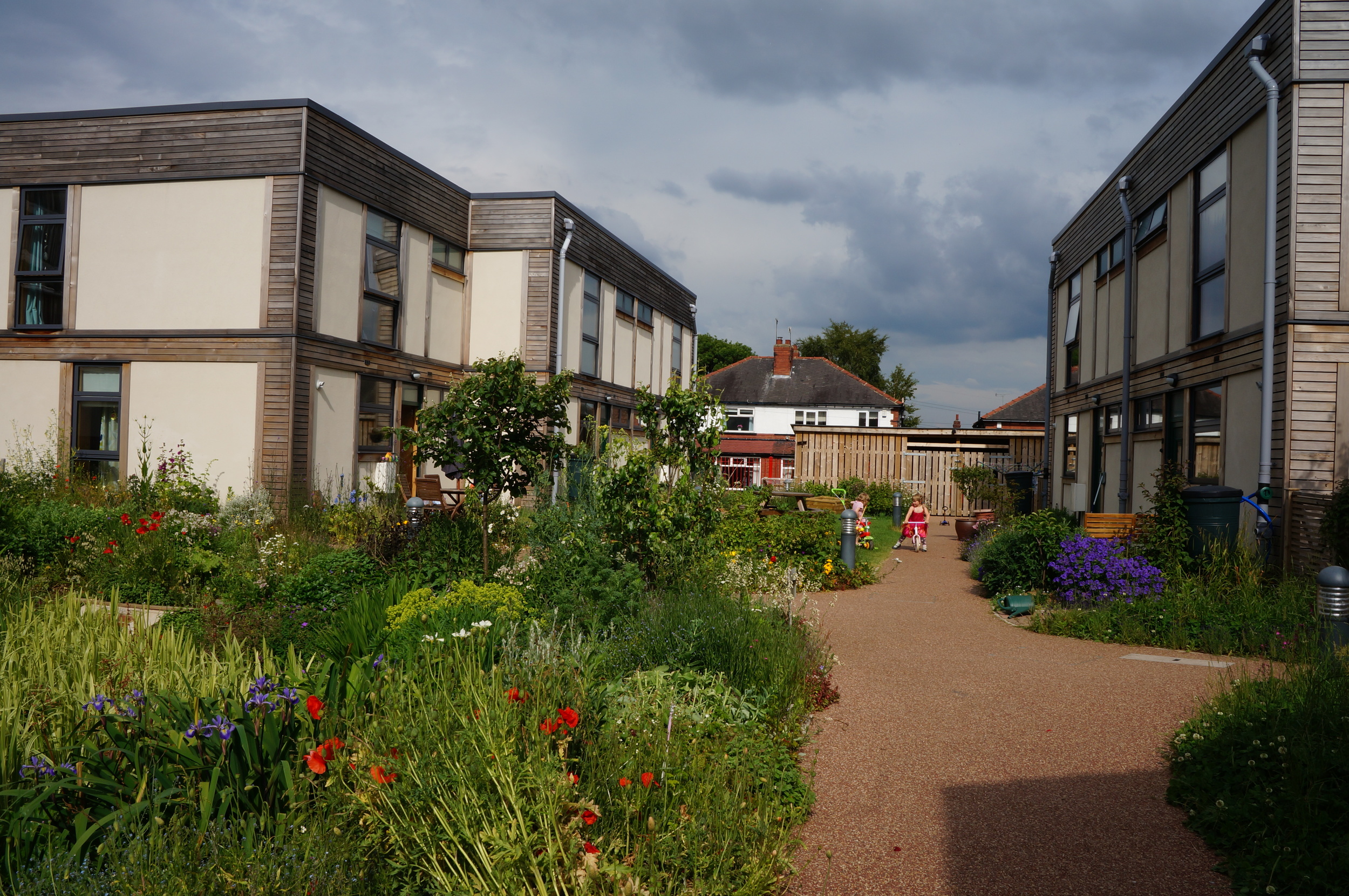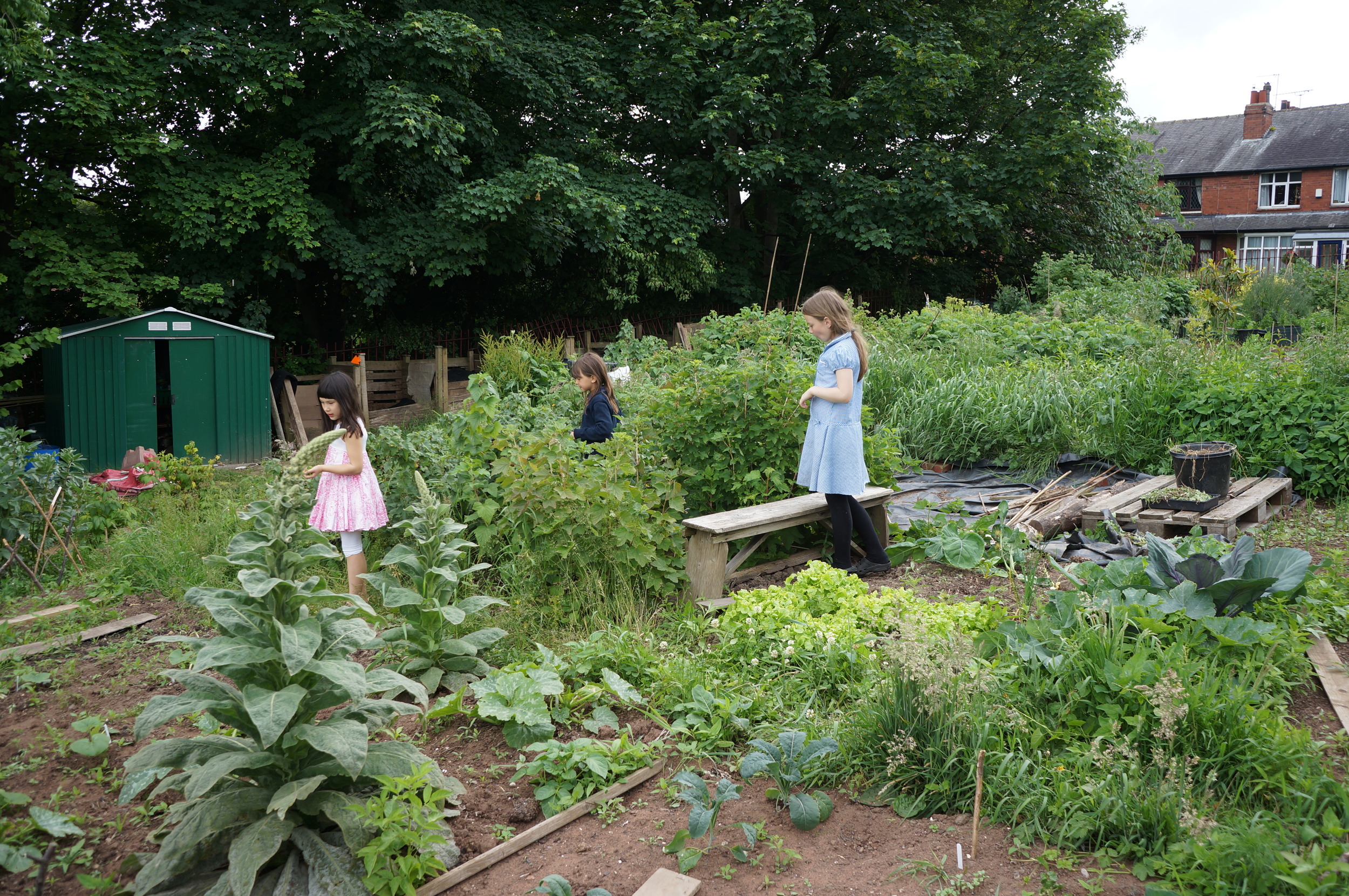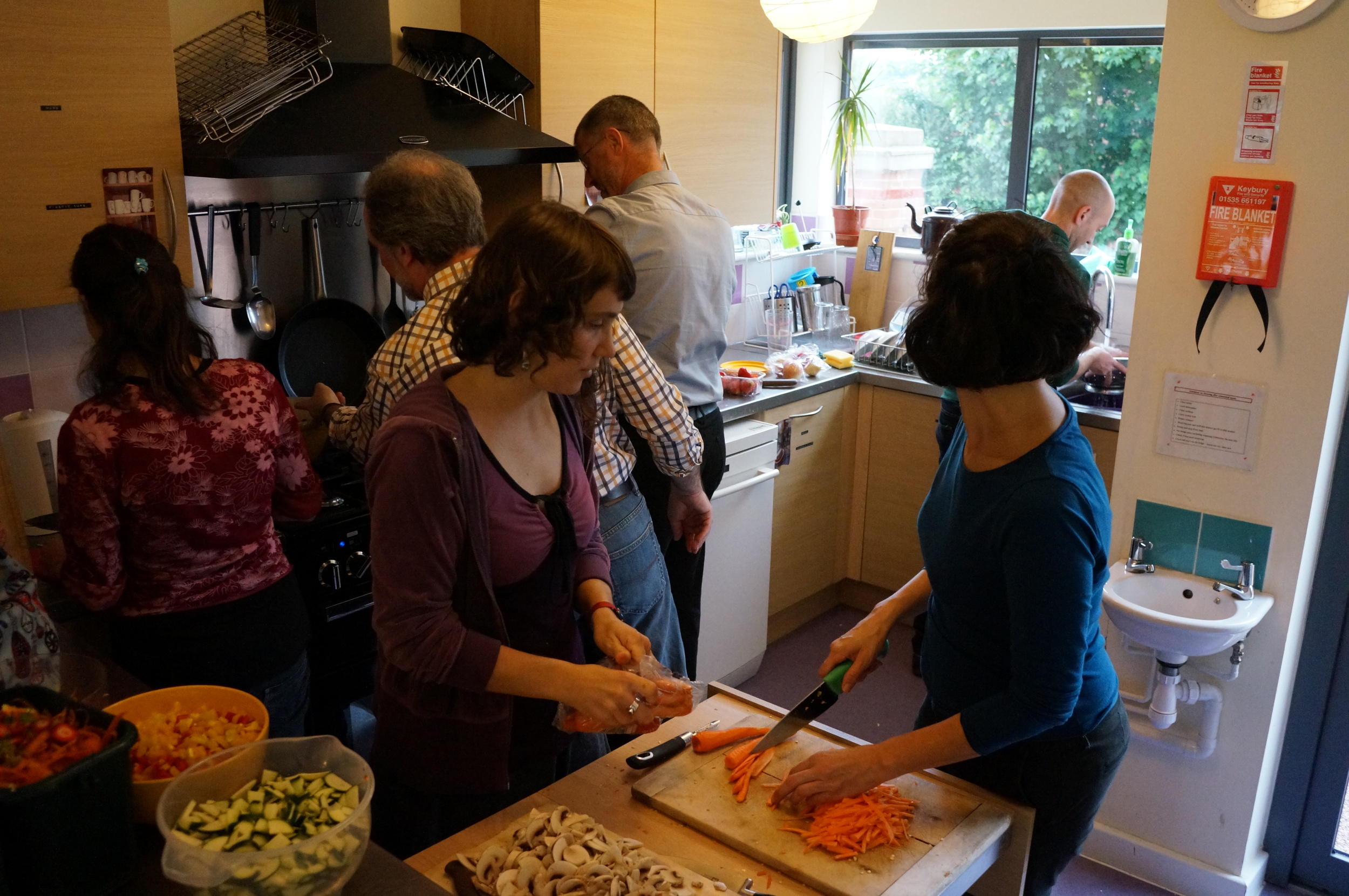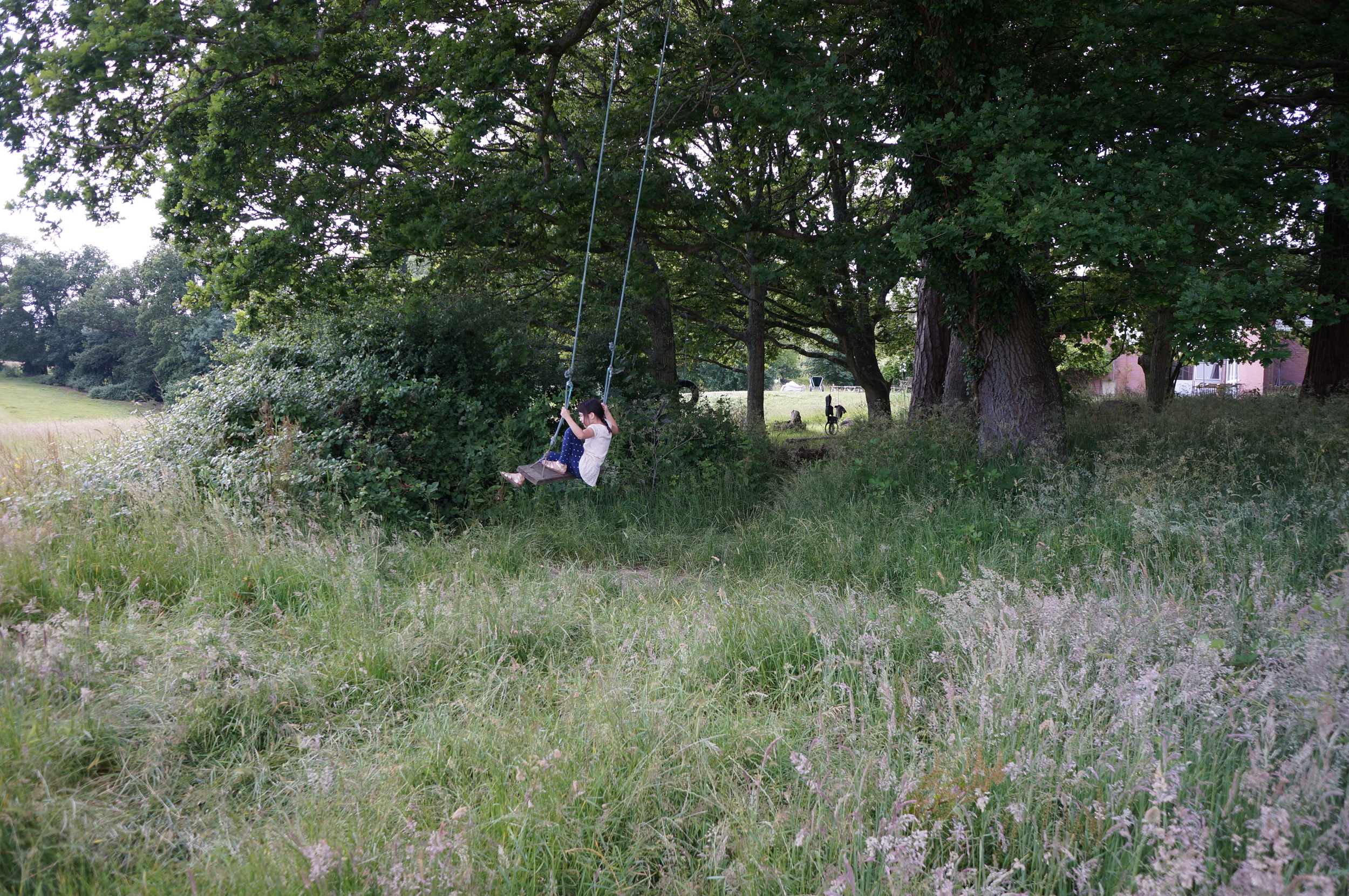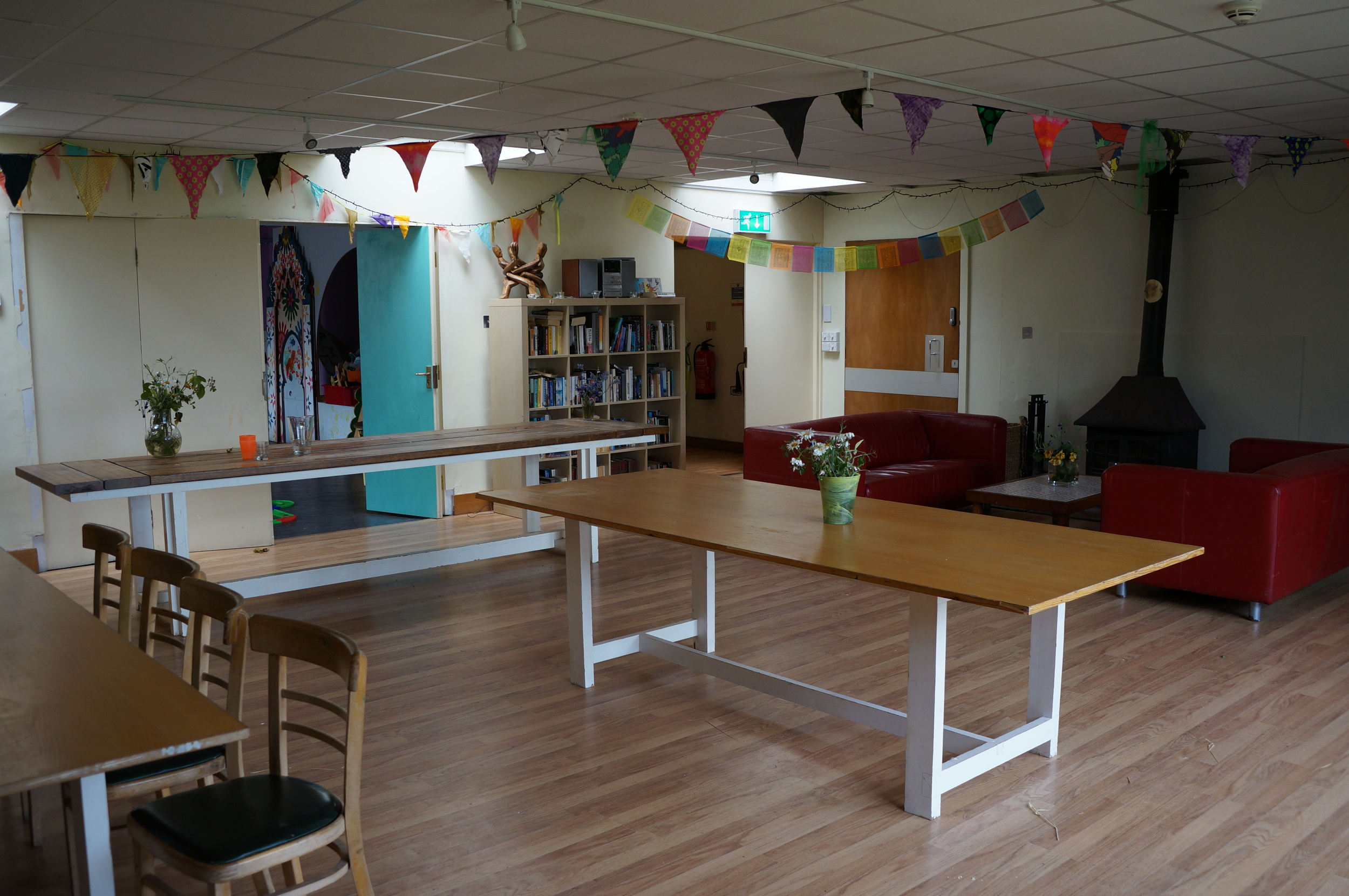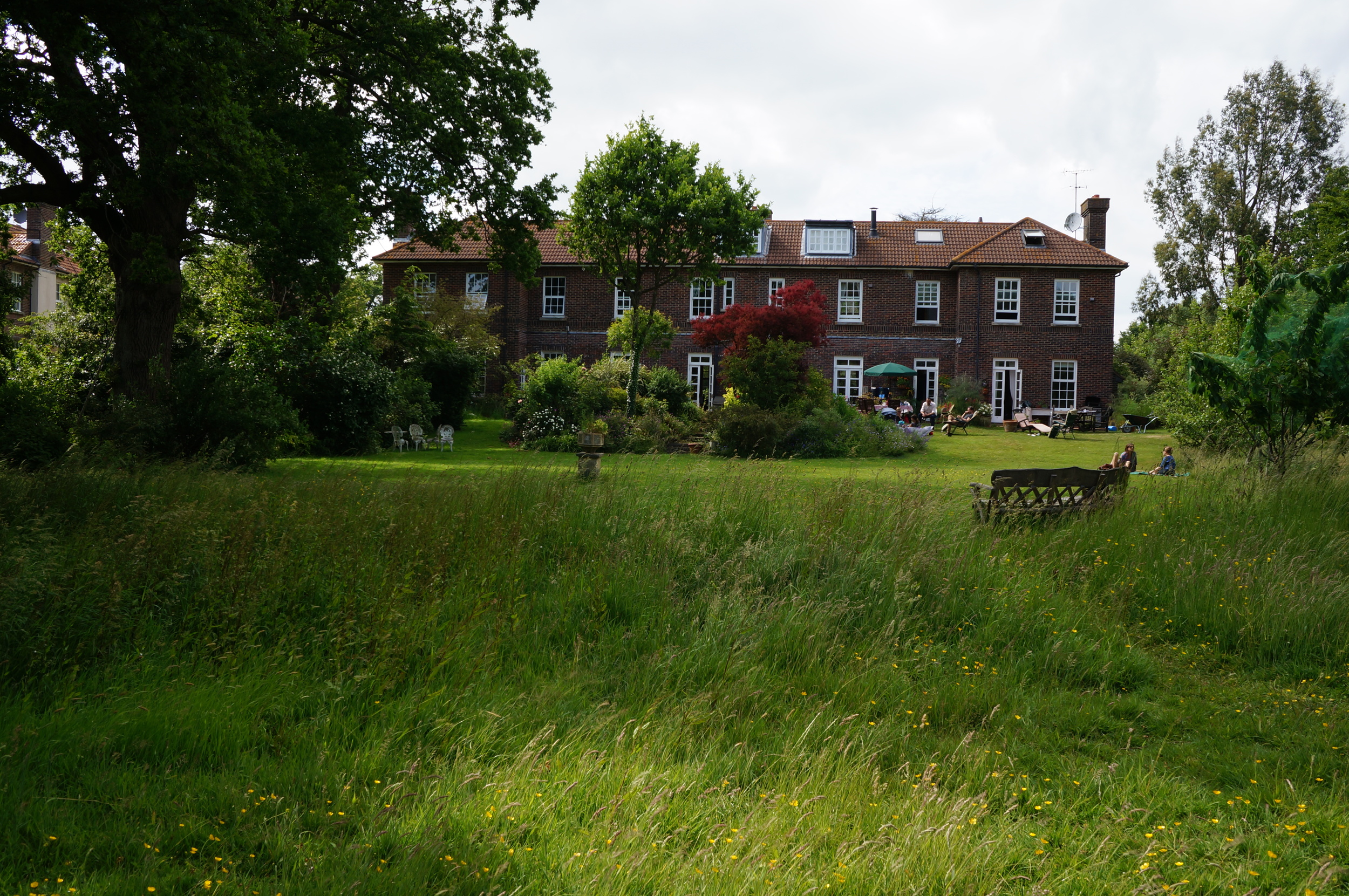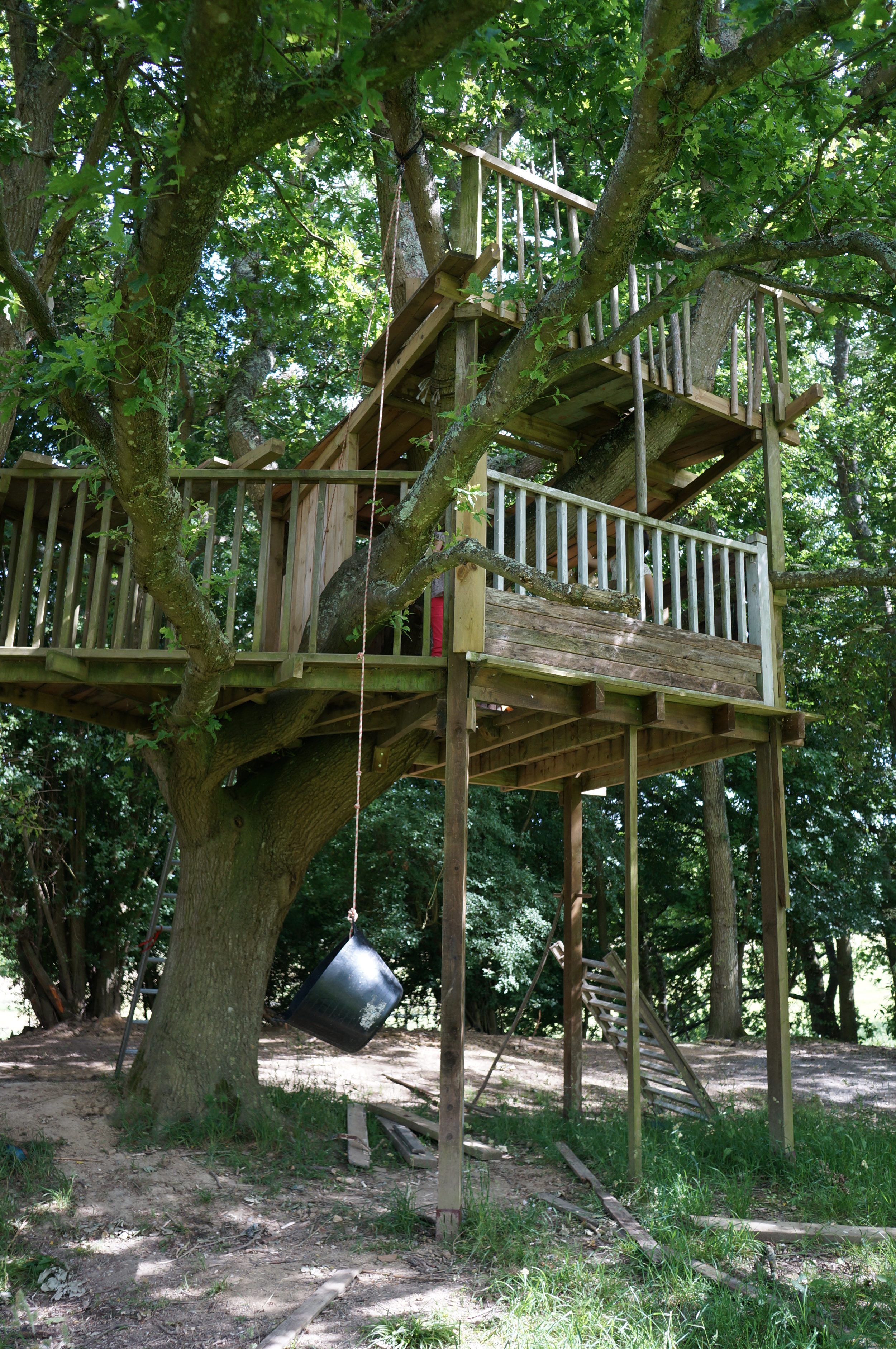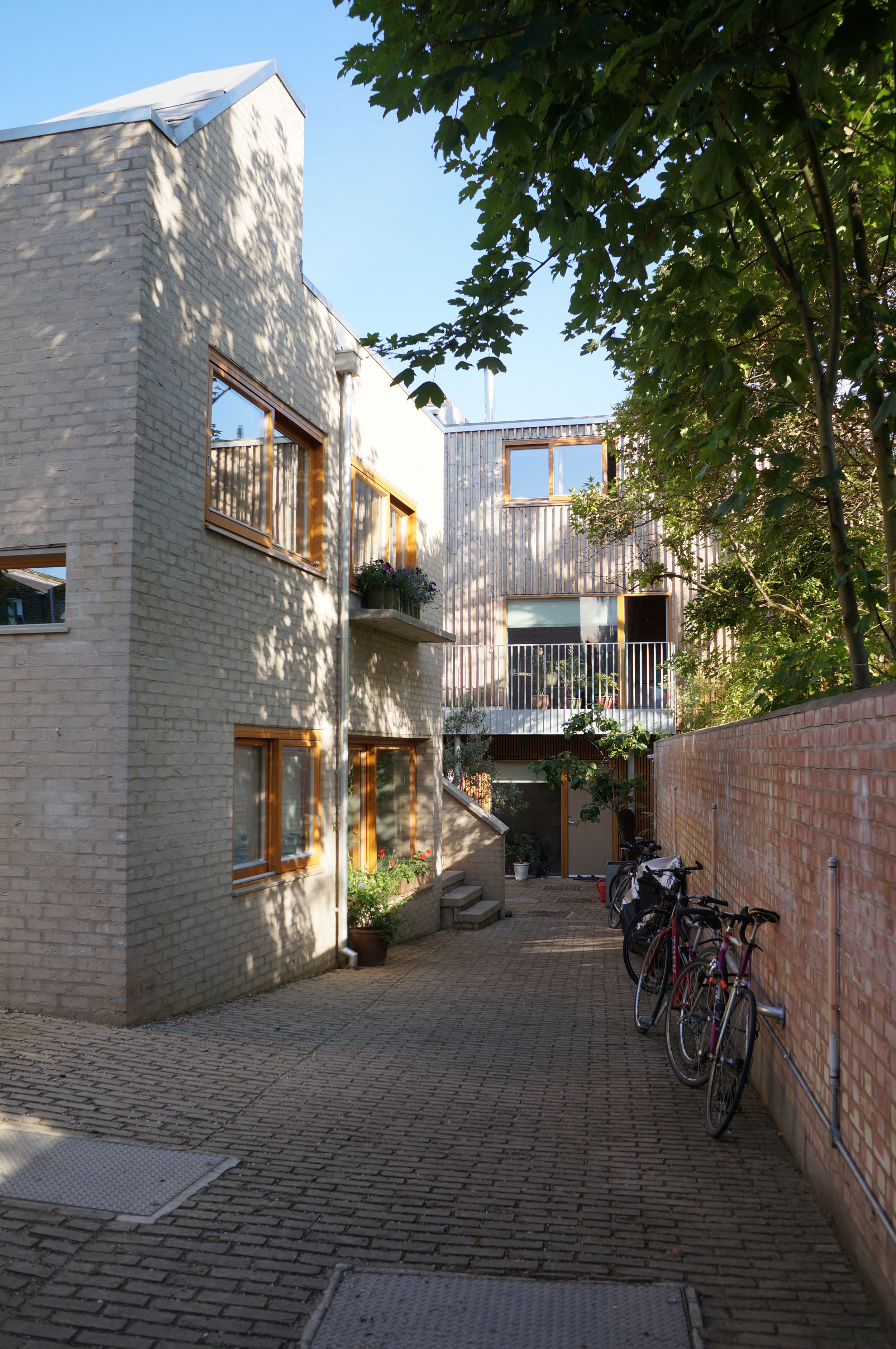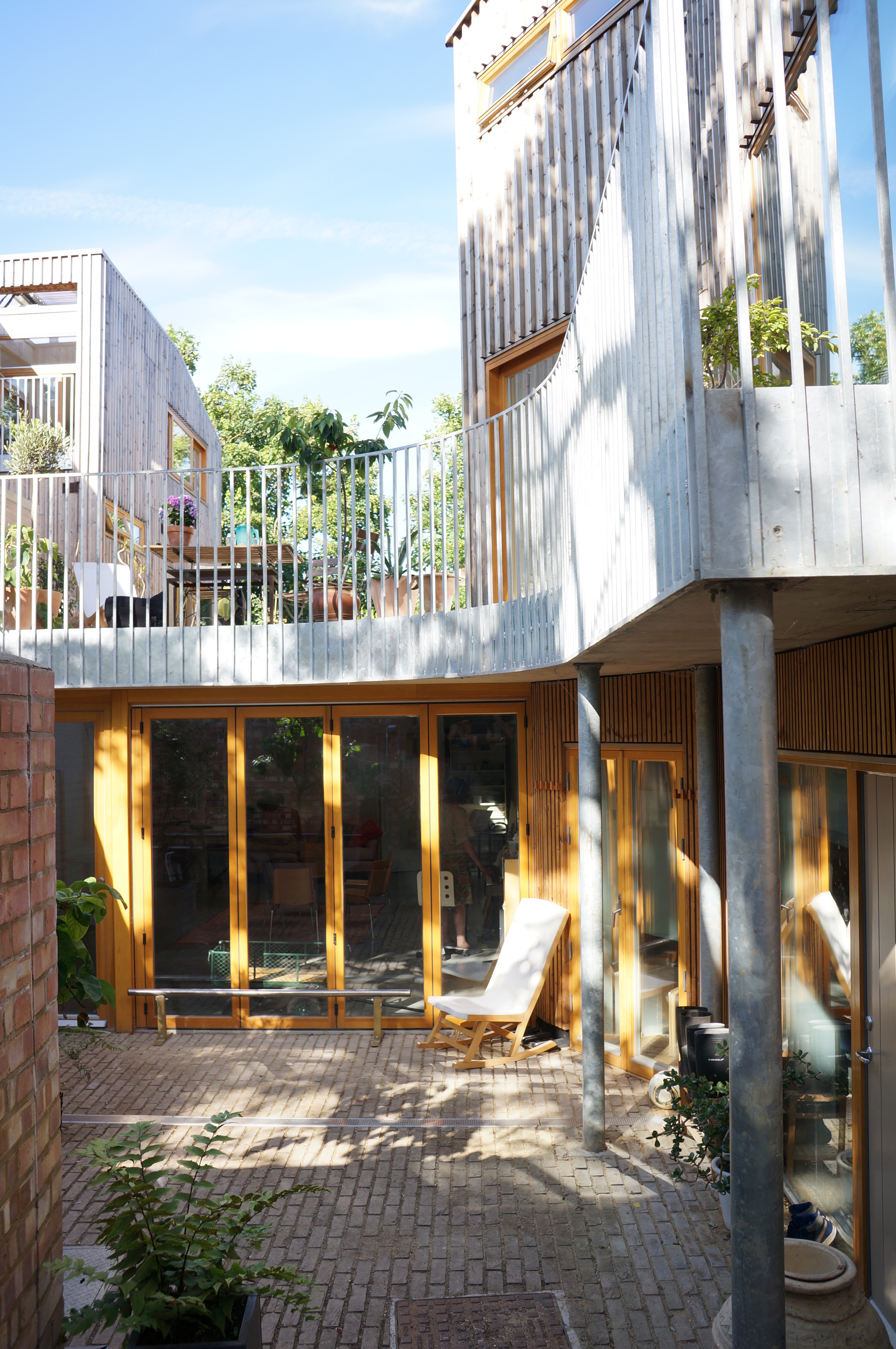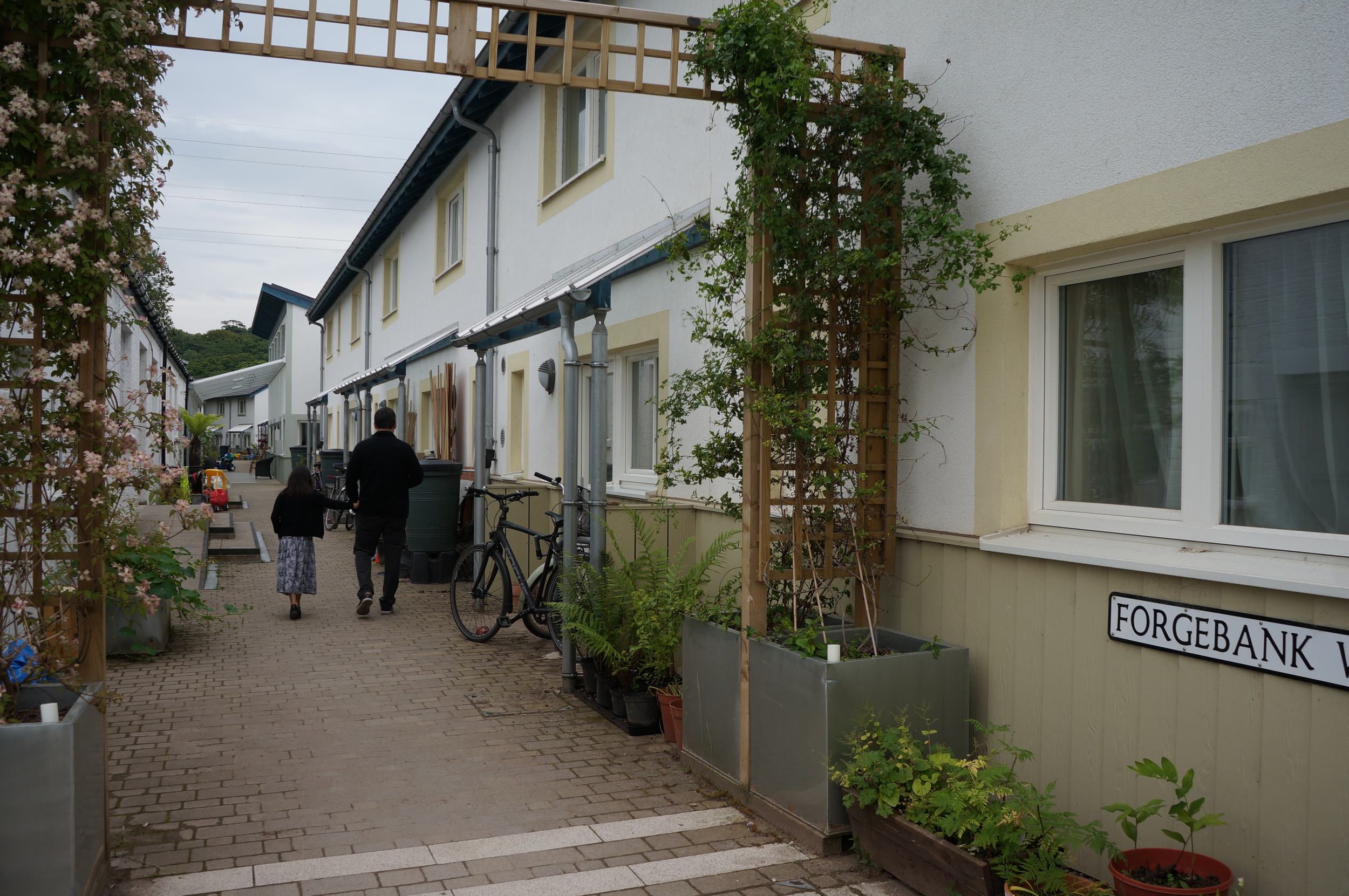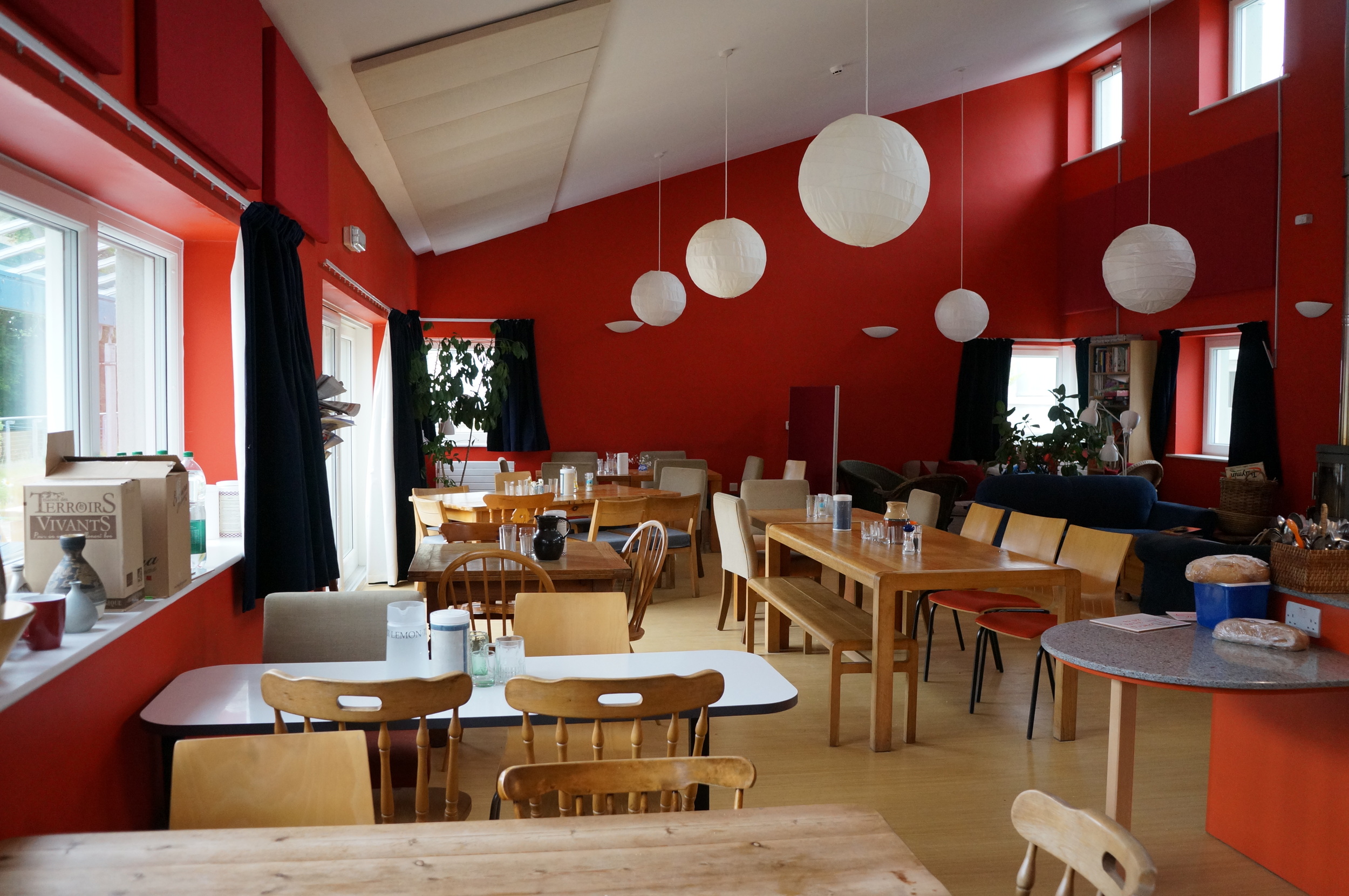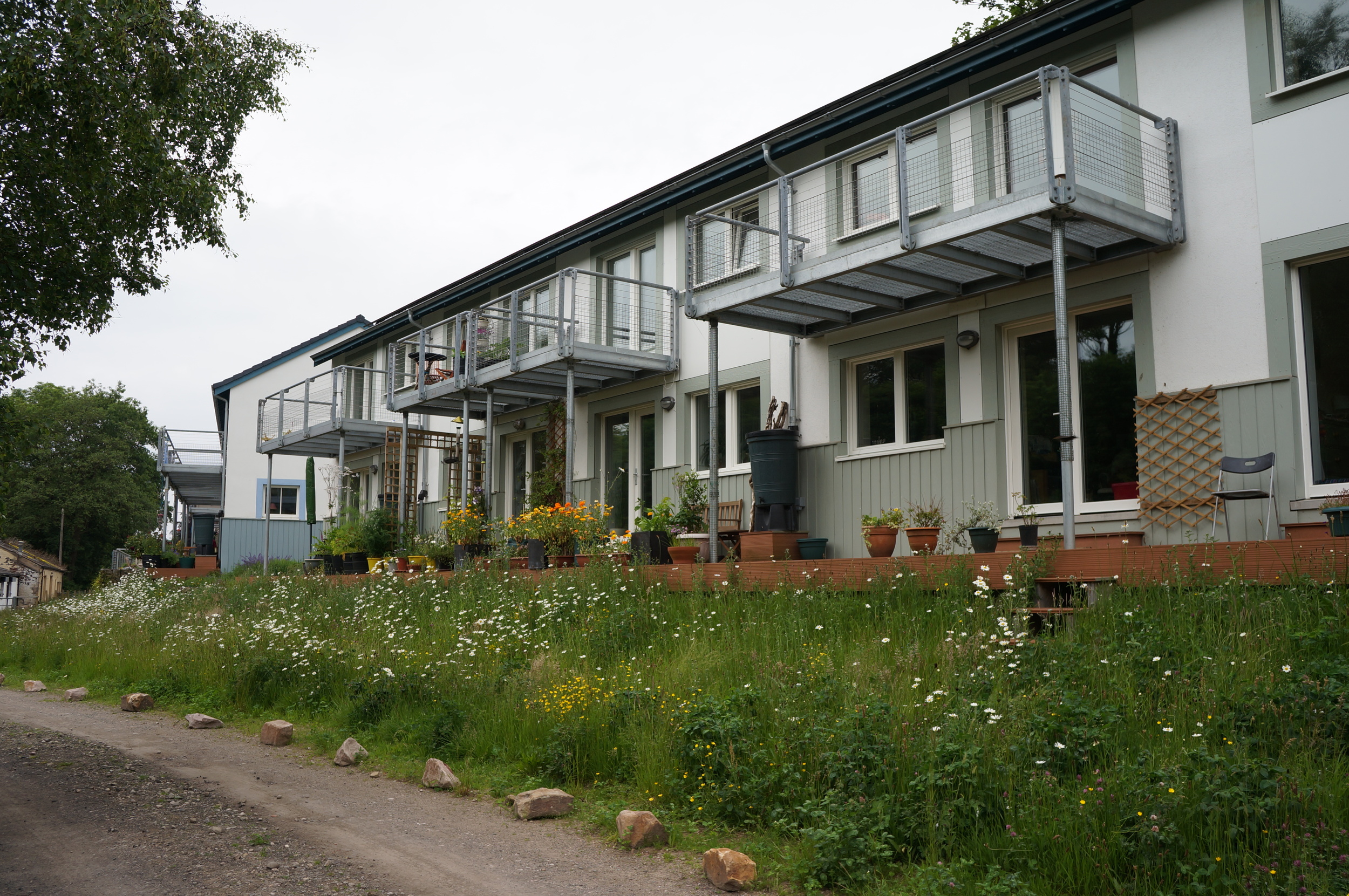This, as Seattle residents may know, is Green Lake. I’ve lived near Green Lake for eighteen years, and I’ve travelled around it many hundreds of times. I’ve done so many things with so many people over so many years there that I honestly believe (and can say with a straight face) that I have a deep personal relationship with the lake. A human… who has a personal relationship with a lake. A body of water. An inanimate, human-designed space. What?
You may be thinking I’m crazy—which I may very well be—but I don’t think I’m alone. When I’m at Green Lake, I see a few others who are there as often as I. There’s a tall, older, smiley man who walks around clockwise each evening. Rowing teams meet there, and they practice almost every day. A man in a red vest gives Spanish lessons to whoever wants one as they walk. A few groups of middle-aged women go 6:00 AM jogging, and all seem to know each other’s names.
These people, by choice, frequent Green Lake. They’ve made it a part of their lives. These people, like me, have relationships with Green Lake. Theirs are every bit as real as mine, and doubtless include more depth and nuance than I could ever pick up just by watching. But—and this part is my favorite—theirs are different. Different from mine, different from each other’s, different one year to the next. I, and all of these people, and plenty of others whom I’ve never seen, have completely unique relationships with the lake. The same lake.
This, to me, is one of the most exciting aspects of architecture and urban design. A small team of people can design something, be it a park, a building, a lake, and put it into the world. Once they’ve done so, relationships begin to form. A breadth and depth of relationships greater than could ever have been planned—or imagined up front, understood in the end—is built up as people interact with the space and allow it to take on meaning in their lives. That is power. The ability of so few to create something so meaningful to so many: that is the magic I see in the work that we do.
But, most of the time, we forget that such magic exists. Our own relationships with a space or a place—our memories of it; when, why, and how we spend time there; its role in our lives—give color and shape to the place we see. I think of the lake as seen from the path, but the rowers know it best from the seat of a shell. I first discovered one dock on a late-night bike ride, so it’s forever the “night dock” in my mind. Some benches are for reading; some are for thinking. There are certain detours I take when I’m happy, and several others I take when I’m sad. This is my Green Lake. My relationship with it guides what I see, like a lens in a camera focuses light a particular way.
These lenses enable the magic I love, but they also restrict what we see. Since they’re so much a part of who we are, they’re easy to forget about and hard to take off. My relationship with Green Lake becomes a routine: I walk or bike, usually after work, see the lake through my lens, and go home. Day after day of routine with a space, of seeing that space through one lens, convinces us that we are experiencing the space. As in the only space. Green Lake through my lens, I’m inclined to believe, is the true and only version of the lake that exists.
And that’s really a loss. A single, static lake is just a fraction as beautiful as a lake that is different for everyone, a lake from which countless relationships grow. But I can only see the lake through my lens. Since I can’t put on anyone else’s, and I can’t see their lakes, how can I remember—and prove to myself—that the magic exists, that my lens is just mine?
That picture of Green Lake at the top of the page isn’t of the lake in the summer, and it wasn’t taken from the path. It’s from a day when it snowed, and I took it from the top row of the amphitheater near the south end. The lake was different that day. Everything was hushed; the sound of traffic was gone. Walkers wrapped their scarves tighter and clutched their hot cocoa closer. Joggers left far-apart footprints, and bikers left long, snaking trails. The lake was different that day. It looked and sounded and felt so unlike it usually did that I had no choice but to see a different lake. And so off came the lens.
The knowledge that a couple inches of snow could create an entirely different place helped me prove to myself that the magic was real. By changing my lens, even just for a day, I saw enough of a different lake to remember that my everyday version was not the only one. It’s impossible, I think, to truly appreciate the beauty of a space without understanding that it means multiple things to multiple people with multiple lives. That it exists through more than one lens.
It took a snow day to break me out of my routine with the lake, but there are ways to do the same thing without relying on weather. The photos below show a few more examples of times I’ve seen through a new lens.





